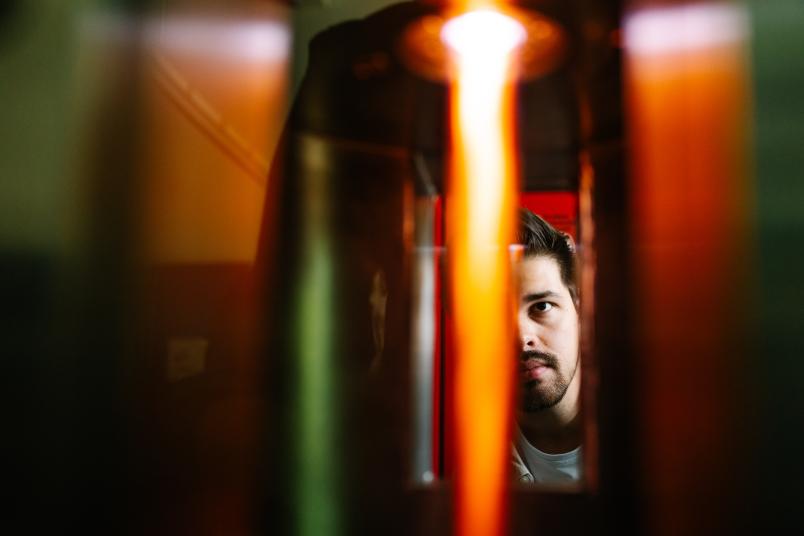
Plasmas reach temperatures of several thousand degrees. This energy can be used for the environmentally friendly production of steel and hydrogen.
Physics
Environmentally Friendly Production of Hydrogen and Steel with Plasma
Plasma can be used to drastically reduce the CO2 footprint of production processes. The key to this is a lab-generated tornado.
Researchers at Ruhr University Bochum, Germany, have developed two plasma processes that could be used to produce hydrogen and steel without emitting carbon dioxide. Both chemical reactions require high temperatures that can be easily achieved with plasma. At the same time, they need certain adjustments so that the plasma reactor does not melt from the heat. The team around Professor Achim von Keudell reports how this could work in Rubin, the science magazine of Ruhr University Bochum.
Various methods for producing hydrogen
Gray hydrogen is obtained through steam reforming of natural gas containing methane, which results in high carbon dioxide (CO2) emissions. A more environmentally friendly method involves producing hydrogen by splitting water with electrical energy from renewable sources. “This type of production of green hydrogen is inefficient, however,” says von Keudell, chair of the Department of Experimental Physics II in Bochum.
This is why his group is focusing on something in the middle: turquoise hydrogen. Like gray hydrogen, this is acquired from methane, but with a different chemical process: methane pyrolysis. The methane is heated to the point that it splits into hydrogen and carbon. However, the latter is not emitted as CO2. Instead, Bochum physicist Dr. Simon Kreuznacht has optimized the plasma process such that high-quality carbon nanoparticles are produced. This can be used to produce car tires or printer toner, among other things, which makes the method economically beneficial.
In another project, doctoral student Jonas Thiel from the Department of Experimental Physics II is currently demonstrating that high-quality steel can be produced without CO2 emissions using plasma. Instead of coke, hydrogen is used as the reactant.
Extensive article in the science magazine Rubin